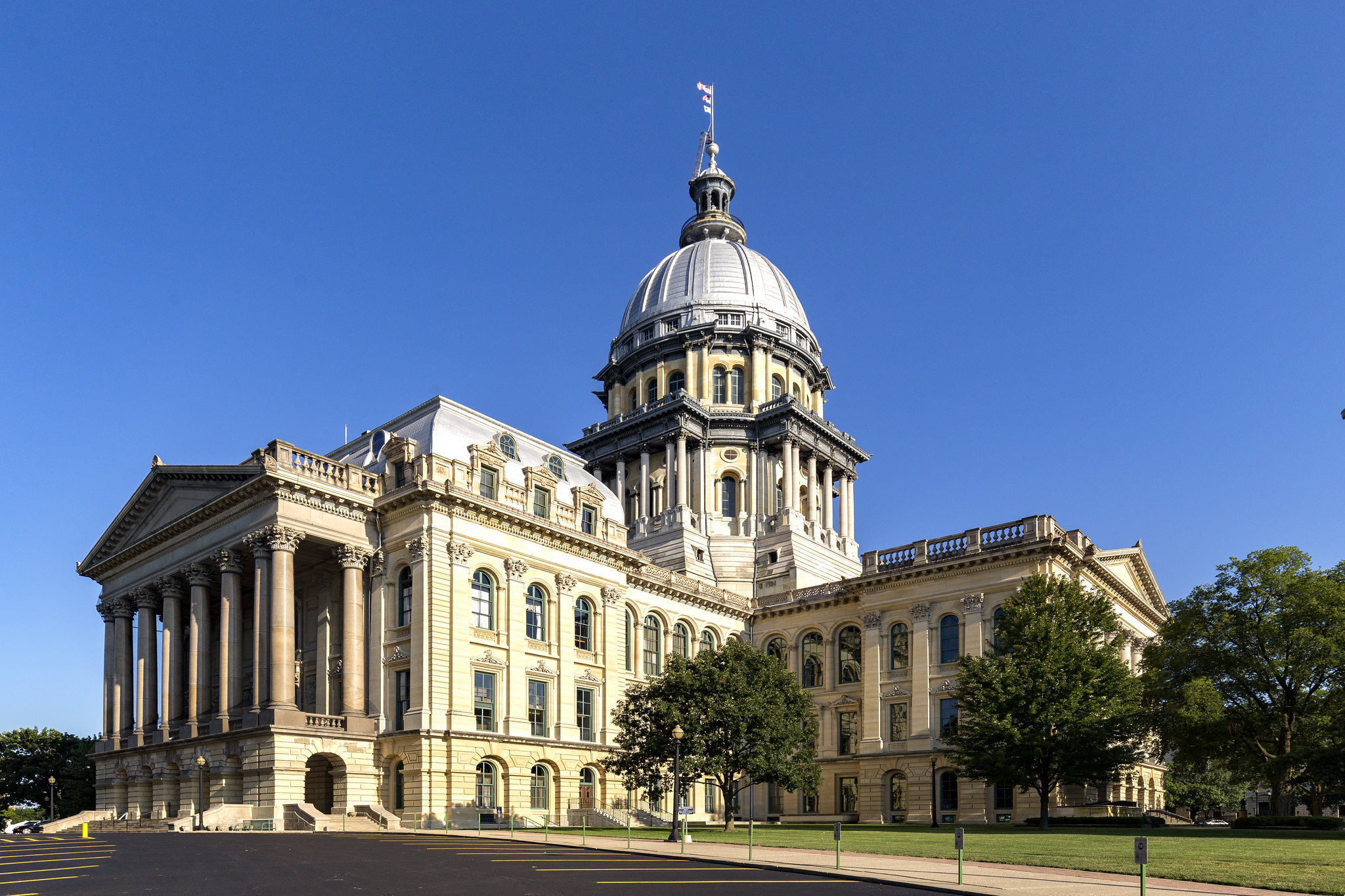
Formula rate profit guarantees and how they threaten Illinois’ energy goals
After roughly a decade of formula ratemaking in Illinois, a general consensus has emerged that formula rates are bad public policy. Proponents of Public Act 102-0662, the energy bill passed in September, claimed it ended formula rates. We argued the new law did not, but rather transitioned from one type of formula rate to another, maintaining harmful formula rate profit guarantees while also likely increasing profit rates. Our opposition to this policy was so strong that we opposed the overall bill, despite enthusiastic support for many policies in it. This short paper explains what this key formula rate mechanism, an annual actual cost reconciliation, does, how it does it, and how it threatens Illinois’ energy goals.
Illinois PIRG Education Fund
After roughly a decade of formula ratemaking in Illinois, a general consensus has emerged that formula rates are bad public policy. Proponents of Public Act 102-0662, the energy bill passed in September, claimed it ended formula rates. We argued the new law did not, but rather transitioned from one type of formula rate to another, maintaining harmful formula rate profit guarantees while also likely increasing profit rates. Our opposition to this policy was so strong that we opposed the overall bill, despite enthusiastic support for many policies in it.
This short paper explains what this key formula rate mechanism, an annual actual cost reconciliation, does, how it does it, and how it threatens Illinois’ energy goals. To summarize:
-
What an annual actual cost reconciliation does: The policy supercharges the traditional utility incentive to spend money to make money and shifts business risk from the utility and its shareholders to customers, making higher bills and lower service quality more likely.
-
How an annual actual cost reconciliation works: Like any business, in any given year, if a utility under traditional regulation has lower than expected revenue, higher than expected costs, or both, it won’t meet its desired profit levels or could even suffer a loss. With an annual actual cost reconciliation, these outcomes are effectively impossible: if a utility spends more than anticipated, it makes more money. It does this through an annual accounting process that charges consumers extra for costs, investments and profits of the prior year not initially included in rates, through a surcharge on future bills. This is the mechanism that guarantees utility profits and shifts risks to customers.
-
How an annual actual cost reconciliation threatens Illinois’ energy goals:
-
The law’s performance incentives are overwhelmed by its profit guarantee incentives. While the new law includes new and potentially higher performance incentives intended to align utility incentives with public interest outcomes, those incentives will be overwhelmed by the guaranteed profit incentive provided by the annual cost reconciliation. In a time of significant anticipated changes to and investments in the electrical grid, an annual actual cost reconciliation weakens and counteracts performance and efficiency incentives and other regulatory tools intended to achieve the best outcomes for the public at the lowest cost.
-
Guaranteed profit increases will crowd out other, more valuable programs. By supercharging the incentive to spend money to make money, utilities will be more likely to “gold-plate.” This is harmful in itself but also threatens other priorities: as customers continue to pay more and more for utility profits this can mean less resources for other programs. We estimate ComEd profits will account for roughly one third of the distribution rates customers will pay in 2024 and that the share will continue to increase. As bills rise in the coming years, the political pressure to lower or slow the increase in utility bills will, for legal and political reasons, more likely constrain valuable programs, like in renewable energy, energy efficiency, and building and transportation electrification, which are included in utility bills, than cut unnecessary utility profits.
The power industry is transforming rapidly, incredibly rapidly on the utility timescale. These changes are critical to avoid the worst impacts of climate change. With significant, rapid change comes heightened uncertainty and risk.
Illinois has experience with the inherent risks in the utility enterprise: high cost and poor service quality. One prominent example stems from ComEd’s problematic nuclear power plant construction.
-
High cost: In the 1980s, ComEd’s ill-considered and mismanaged construction of six nuclear power plants, beset by cost overruns and delays, led to Illinois consumers paying some of the highest utility bills in the country.
-
Poor service quality: In an attempt to keep costs down, ComEd then cut corners in maintaining its electricity distribution system, leading to decades of reliability problems.
Another example is the current Peoples Gas pipe replacement project, which is driving bills to unaffordable levels for a significant portion of Chicago gas customers while failing to achieve its purported public safety purpose.
Even if significant investment in the distribution grid is necessary, ComEd’s nuclear power plant construction, the Peoples Gas pipe replacement program, and ComEd’s aggressive spending under formula rates present vivid examples of how utility investments can lead to record profits and high bills but not valuable service for customers.
No outcome is certain, but the inclusion of guaranteed profits through an annual actual cost reconciliation in Public Act 102-0662 makes it less likely that Illinois will achieve its energy goals, or do so at the lowest cost.
Topics
Find Out More


Take Our Power Back Agenda

Illinois PIRG’s 2021 State Legislative Agenda
